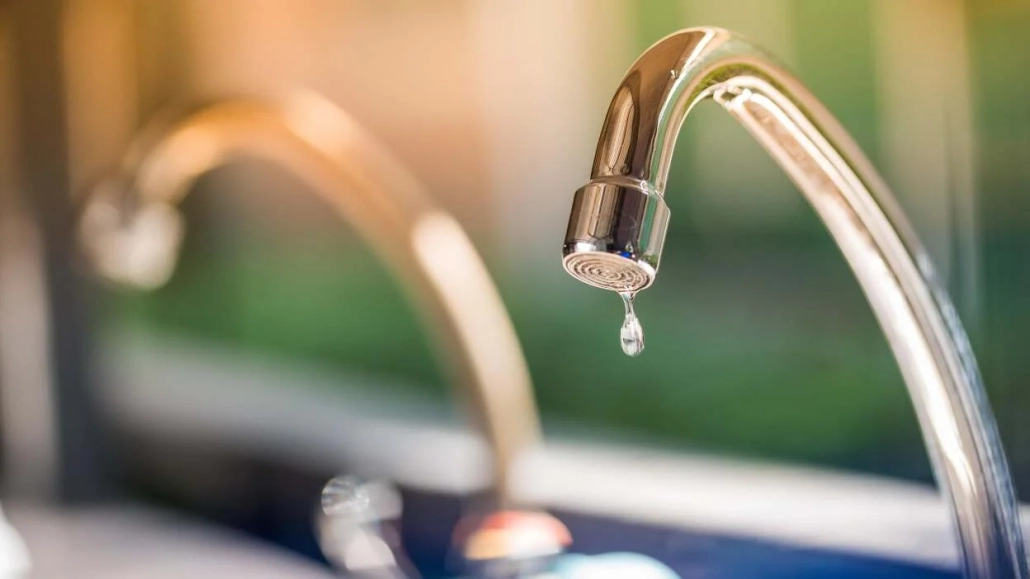
There’s a science to letting the water drip in order to prevent frozen and burst pipes.
The frigid cold weather in Middle Tennessee has caused hundreds, if not more, pipes to burst in the state. All over Tennessee, residents are reporting limited water supply and the continuous demand has caused parts of the state to be without water for days. Many of us have been letting our faucets drip every winter without ever pausing to wonder whether it actually works, or if it’s one of those old-timey pieces of wisdom that was never quite true in the first place. The good news is that yes, letting a faucet drip can help prevent burst pipes. But like everything else in life, it’s a bit more complicated than that.
How to let your faucets drip in cold weather
There are four basic things you need to know about leaving a faucet dripping in cold weather:
1. Letting your faucet drip will not stop your pipes from freezing. While letting the water flow can slow down the process a bit by allowing warmer water to enter the home regularly, water freezes whether it’s moving or not. If it’s cold enough, and water can and will freeze in your pipes even if you have a faucet dripping if the temperature drops and stays low for a long enough period. So why do we let the faucet drip? Because it can prevent your pipes from bursting, my friends. When the water freezes, it expands, stressing your pipe. If you have all the faucets closed when the water starts to melt, it will have nowhere to go, so it will soon create somewhere to go. Having a faucet open is the release point, which can save your pipes.
2. Second, you don’t need to leave every faucet in your home dripping. Ideally, you should locate the faucet that’s farthest away from where the water enters your home. This way the water flow can help the entire infrastructure. If you’re not sure where the water is entering your house, select any faucet—it will be better than nothing.
3. The word “drip” is vital here. There’s no need to have a steady stream of water—a very slow drip will do the job. You should also consider capturing your dripping water in a bucket or other container instead of just letting it waste down the drain—you can use that water for filling up filtered water pitchers, or for washing dishes, watering plants, or any other water-based activity.
4. Finally, if your pipes freeze despite a dripping faucet, don’t turn off the faucet. Leave it open so the water has a place to go when the thaw comes. This is also a very good time to turn off the water at the main and take some steps to protect your property and possessions in order to minimize the damage that might come with a burst pipe.
If you’re worried about the increase on your water bill, our friends at Alford Plumbing broke down the math on their Facebook page to ease customers minds.
“Good information on dripping water to prevent freezing… It took 11 min to fill this 20 ounce cup. Which is 71.5 minutes to use a gallon of water. So it would take 20 gallons of water if you have a faucet dripping for 24 hrs. If you have city water and city sewer they charge per thousand gallons a fee of $12.07. You would have to leave a faucet dripping for 50 days to cost yourself and extra $12.07.”
In the event that you find yourself in an emergency situation, the experts at Thomas’ Carpet Cleaning and Restoration Services want to restore your peace. Our technicians are on call 24/7 for Middle Tennessee, and work tirelessly with insurance professionals to get you timely results. We understand that water is a not just a luxury, but a necessity, and we prioritize your family and needs. For more information on how to protect your home during frigid winter temperatures, we hope that you read our Comprehensive Guide on Shielding Your Pipes Against the Chill.


